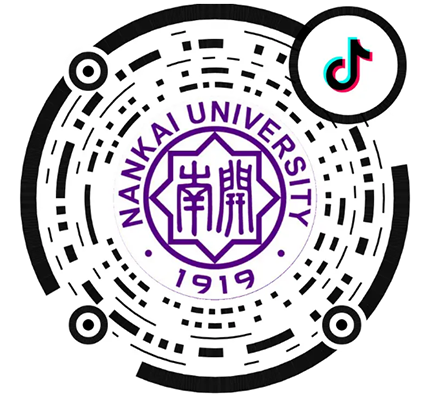-
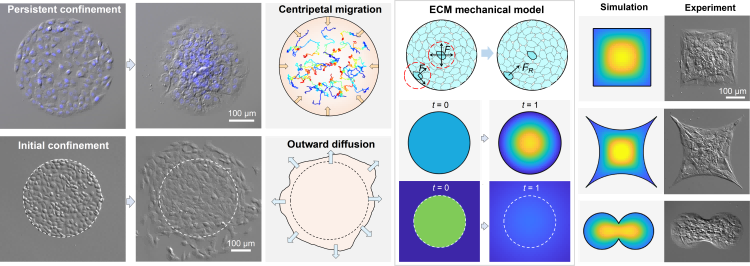 05.23 2024
05.23 2024NKU Team’s Photolithographic Micropatterning Manipulation Reveals Collective Cell Radial Ordered Migration
Collective cells are an important active mattersystem, and their ordered migration plays a key role in life processes such as embryonic development, tissue morphogenesis, and cancer invasion. Under normal physiological conditions, collective cells are often in a confined spatial environment, which regulate the dynamic spatiotemporal evolution of collective cell behavior from thetop down, thusaffectingthe differentiation and fate of cell tissues. Nowadays, emerging technologies represented by pho
-
 05.13 2024
05.13 2024Innovative Drug developed by NKU Team Approved for Clinical Trials
On March 25th, CP0119 tablets, a class-1 new chemical drug independently developed by a team from the College of Pharmacy of Nankai University, received the Notice of Approval forDrug Clinical Trialsissued by the National Medical Products Administration, which granted approval for clinical trials to treatslow transit constipation. This project marks the second new drug project approved for clinical trialsbyNankai University as the applicant, following the acquisition of the first clinical trial
-
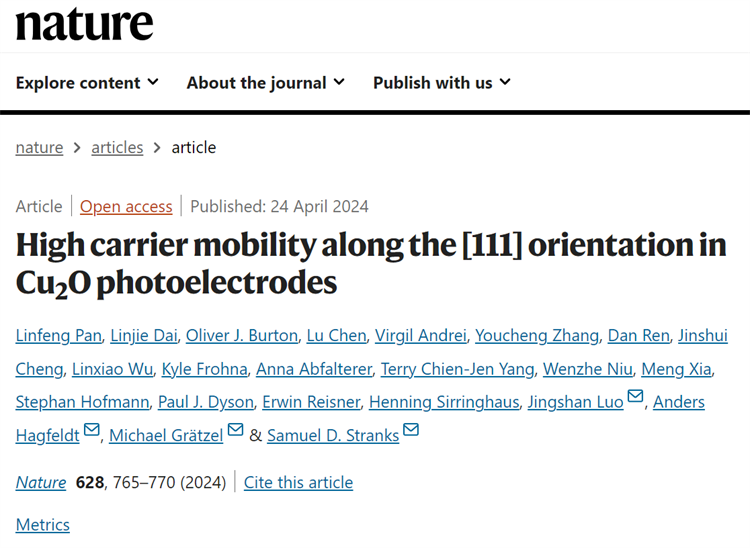 05.06 2024
05.06 2024New Breakthrough in Hydrogen Energy! NKU Team’s International Cooperation Results Published in Nature
On the evening of April 24, Beijing time, Nature, a top international academic journal, published online the progress of joint research made by Professor Luo Jingshan’s research group from the College of Electronic Information and Optical Engineering of Nankai University, and teams from the University of Cambridge and the Swiss Federal Institute of Technology in Lausanne (EPFL) in the field of photoelectrochemical (PEC) water splitting to produce hydrogen.The study is entitled “High carrier mobi
-
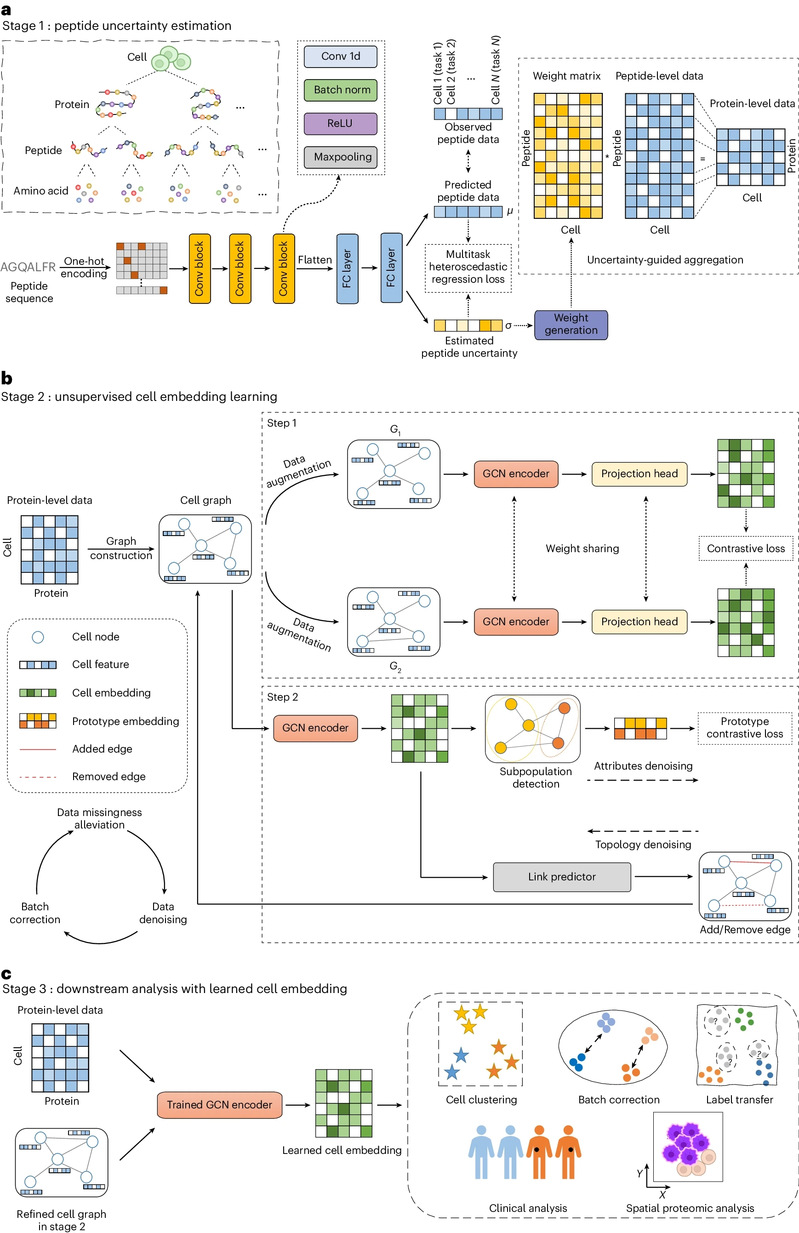 05.02 2024
05.02 2024New Achievements in the Field of Artificial Intelligence by NKU Published on Nature Methods
On March 19, Zhang Han’s team from the College of Artificial Intelligence, Nankai University, in collaboration with Yao Jianhua’s team from Tencent AI Lab, published a paper entitled “scPROTEIN: a versatile deep graph contrastive learning framework for single-cell proteomics embedding” in Nature Methods, a top international academic journal. This study proposed a single-cell proteomics representation learning method called scPROTEIN, which is the first to develop a unified deep learning framewor
-
 04.29 2024
04.29 2024NKU Team’s Open-source MDTv2 can Speed up Training of Sora’s Core Component DiT by More Than 10 Times
At the beginning of 2024, OpenAI (an American artificial intelligence (AI) research organization) released Sora, the first AI-enabled text-to-video large-scale model. By simulating the dynamic changes in the real world through computer vision technology, it can generate 60-second smooth and realistic videos. It is regarded as another breakthrough in AI technology after ChatGPT. However, as can be seen from messed-up videos generated by the Sora, AI still has difficulties in “grasping” the physic
-
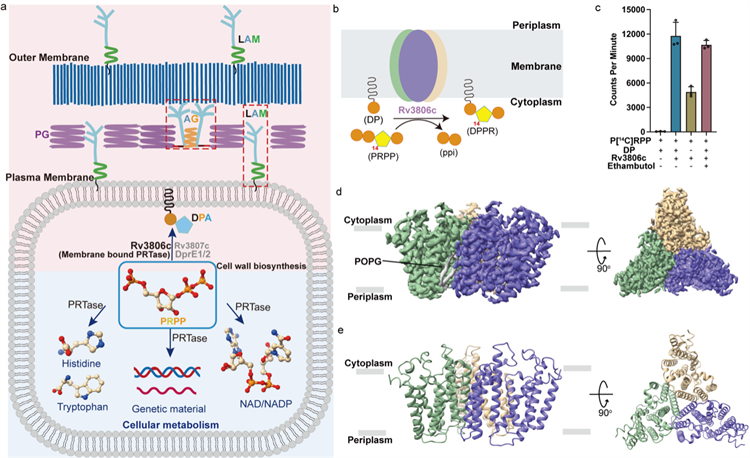 04.25 2024
04.25 2024NKU-STU Joint Team Reveals Three-dimensional Structure of new Mycobacterium Tuberculosis Target to Aid the development of New Anti-tuberculosis Drugs
On March 15, the team of Prof. Rao Zihe of Nankai University and the team of Prof. Zhang Lu of ShanghaiTech University published online their joint research findings in Nature Microbiology, an authoritative journal in the field of microbiology. They reported the first three-dimensional cryogenic electron microscopy (cryo-EM) structures of the membrane-bound phosphoribosyltransferase Rv3806c, a new drug target of Mycobacterium tuberculosis, a deadly pathogen that causes global human Tuberculosis.
-
 04.22 2024
04.22 2024NKU’s Research Results Published in Proceedings of the National Academy of Sciences (PNAS)
Recently, Professor Li Jianbiao of the China Institute of Corporate Governance of Nankai University published a collaborative paper entitled “Confusion can not explain cooperative behavior in public goods games” in Proceedings of the National Academy of Sciences (PNAS) as the co-first and corresponding author. China Institute of Corporate Governance of Nankai University is the employer of the co-first author and corresponding author.Regarding the “confused learner” hypothesis (CLH), this study c
-
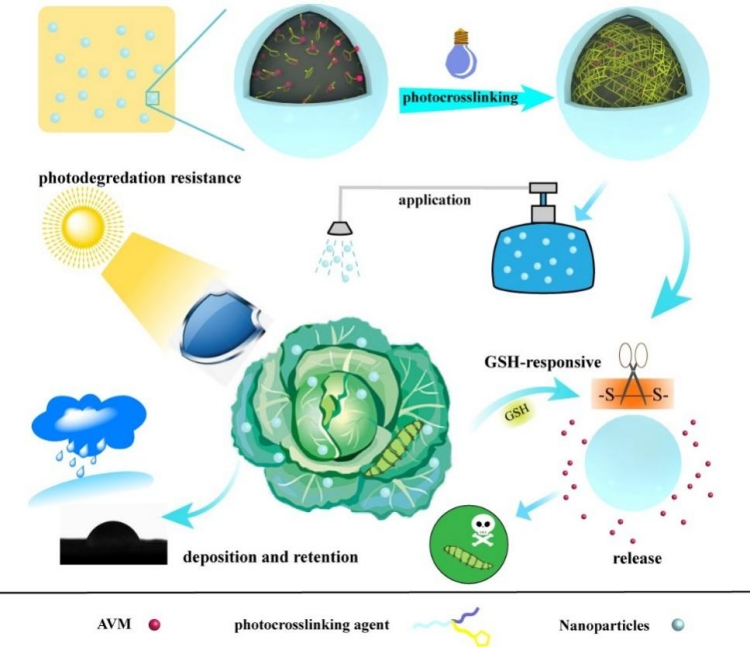 04.18 2024
04.18 2024NKU Team Makes Important Progress in the Field of Photocrosslinking to Construct Nanogels to Improve the Utilization of Pesticides
The team led by Professor Wang Qingmin from the College of Chemistry of Nankai University published a paper entitled “Facilely construct of GSH-responsive nanogel by photocrosslinking based on a new multi-functional emulsify-crosslinking agent for comprehensively improved utilization rate of pesticides” in Chemical Engineering Journal. In this study, a multi-functional nanogel was efficiently constructed for the first time through photocrosslinking without the addition of any chemical reagents.
-
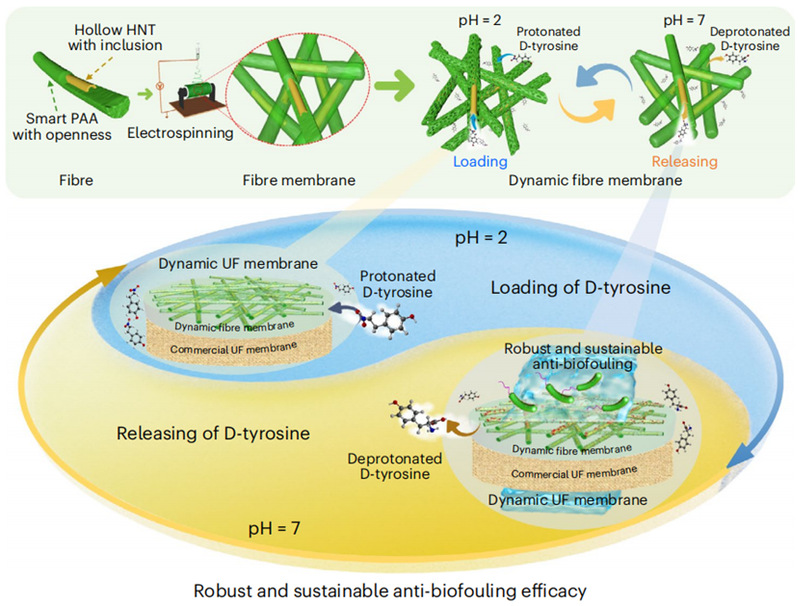 04.01 2024
04.01 2024NKU Team Makes New Progress in Sustainable Membrane Biofouling Control
Current surface-controlled biofouling-based membrane technologies are retarded by short-run anti-biofouling performances. However, Professor Guo Xiaoyan and her team from the School of Environmental Science and Engineering at Nankai University have recently designed and reported a new type of dynamic fiber membrane. With ingenuity and intelligence in external and internal spatial structures, this new membrane can dynamically and continuously load and release D-tyrosine as a biologically friendly
-
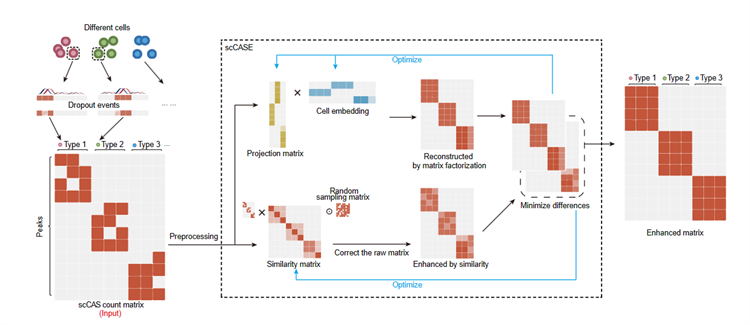 03.28 2024
03.28 2024NKU Team Makes Important Progress in Enhancement of Single-cell Epigenetic Data
February 22, the research team led by Shengquan Chen from the School of Mathematical Sciences at Nankai University published a paper entitled scCASE: accurate and interpretable enhancement for single-cell chromatin accessibility sequencing data in the famous international journal Nature Communications. This paper proposes scCASE, a single-cell chromatin accessibility sequencing (scCAS) data enhancement method based on non-negative matrix factorization which incorporates an iteratively updating c
-
 03.21 2024
03.21 2024NKU Alumnus Won UK’s Top Science Award
Recently, the results of the Rank Prize, the UK’s top science award, have been announced. Liang Junzhong, a 1979 cohort alumnus who graduated from the Department of Physics at Nankai University, won the 2024 Rank Prize (optoelectronics) for his original innovative research on adaptive optics in the field of retinal microscopy imaging. His other research results have been widely applied to human eye aberration measurement, wavefront-guided individualized excimer vision correction, and multifocal
-
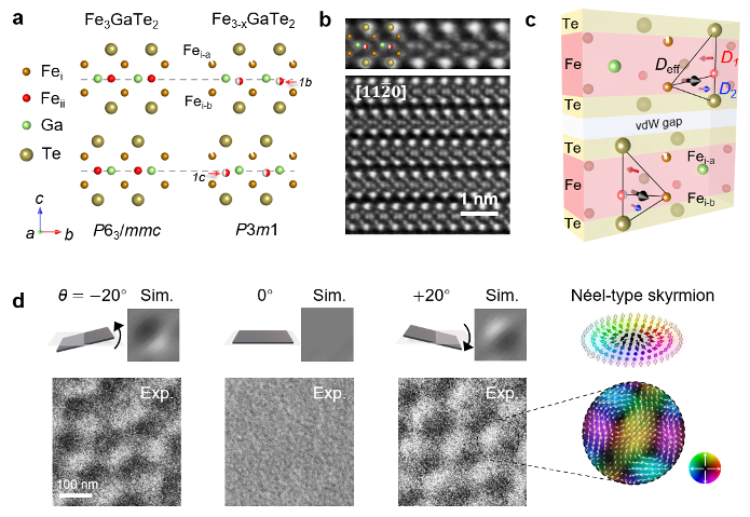 03.11 2024
03.11 2024NKU Team Makes Important Progress in the Field of Two-dimensional Topological Magnetic Materials and Their Ultrafast Regulation
Recently, Professor Fu Xuewen’s team from the Ultrafast Electron Microscopy Laboratory of the School of Physics of Nankai University, in collaboration with the team of Professor Hou Zhipeng from South China Normal University, the team of Professor Yimei Zhu from the Brookhaven National Laboratory in the United States and others, reported on the room-temperature high-density Néel-type magnetic skyrmions in room-temperature two-dimensional magnetic material Fe3-xGaTe2, and demonstrated novel physi
-
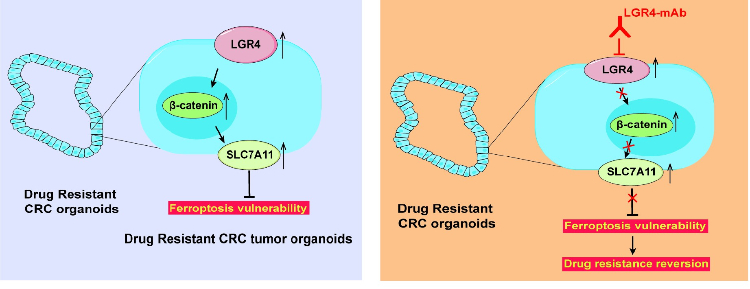 03.07 2024
03.07 2024A new mechanism of drug resistance in colorectal cancer has been discovered by the NKU team, along with potential targeted drugs to overcome multidrug resistance in tumors.
Colorectal cancer (CRC) is a prevalent malignant tumor of the digestive tract, and it is one of the leading cancers in terms of both incidence and mortality. Chemotherapy resistance presents a substantial challenge in cancer treatment and is a major contributor to treatment failure.On January 30th, researchers led by Chen Quan from the College of Life Sciences at Nankai University, Du Lei from the Institute of Zoology at the Chinese Academy of Sciences, and Hu Gang from the School of Statistics
-
 03.04 2024
03.04 2024NKU Team Discovers Mechanism by which Phospholipase PAFAH2 Suppresses Ferroptosis
Professor Chen Quan’s research group from the College of Life Sciences of Nankai University, Professor Xiong Wei’s research group from the University of Science and Technology of China, and Professor Wang Yong’s research group from the College of Life Sciences of Zhejiang University jointly published an online paper entitled “PAFAH2 suppresses synchronized ferroptosis to ameliorate acute kidney injury” in the journal Nature Chemical Biology. The paper reported on the transmission factors and reg
-
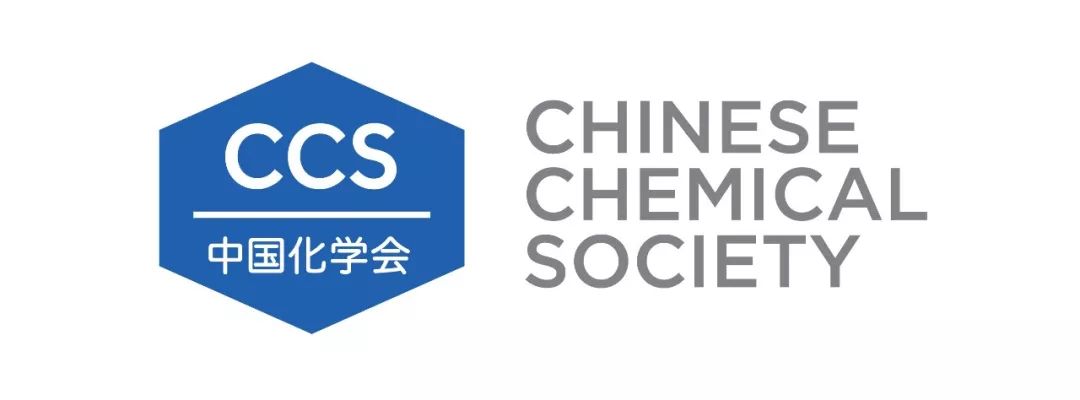 02.29 2024
02.29 2024NKU Professor Elected as Fellow of the Chinese Chemical Society in 2023
The Chinese Chemical Society announced the list of fellows of the Chinese Chemical Society (FCCS) in 2023. Professor Pang Dai-Wen of the College of Chemistry of Nankai University was elected as a fellow.Professor Pang Dai-Wen has studied quantum dots (QDs) for 23 years. He has pioneered the live-cell synthesis of QDs and the corresponding QD labeling technology, and broken through the site-specific quantitative biolabeling of single viruses, realizing the acquisition and analysis of multiple wea








